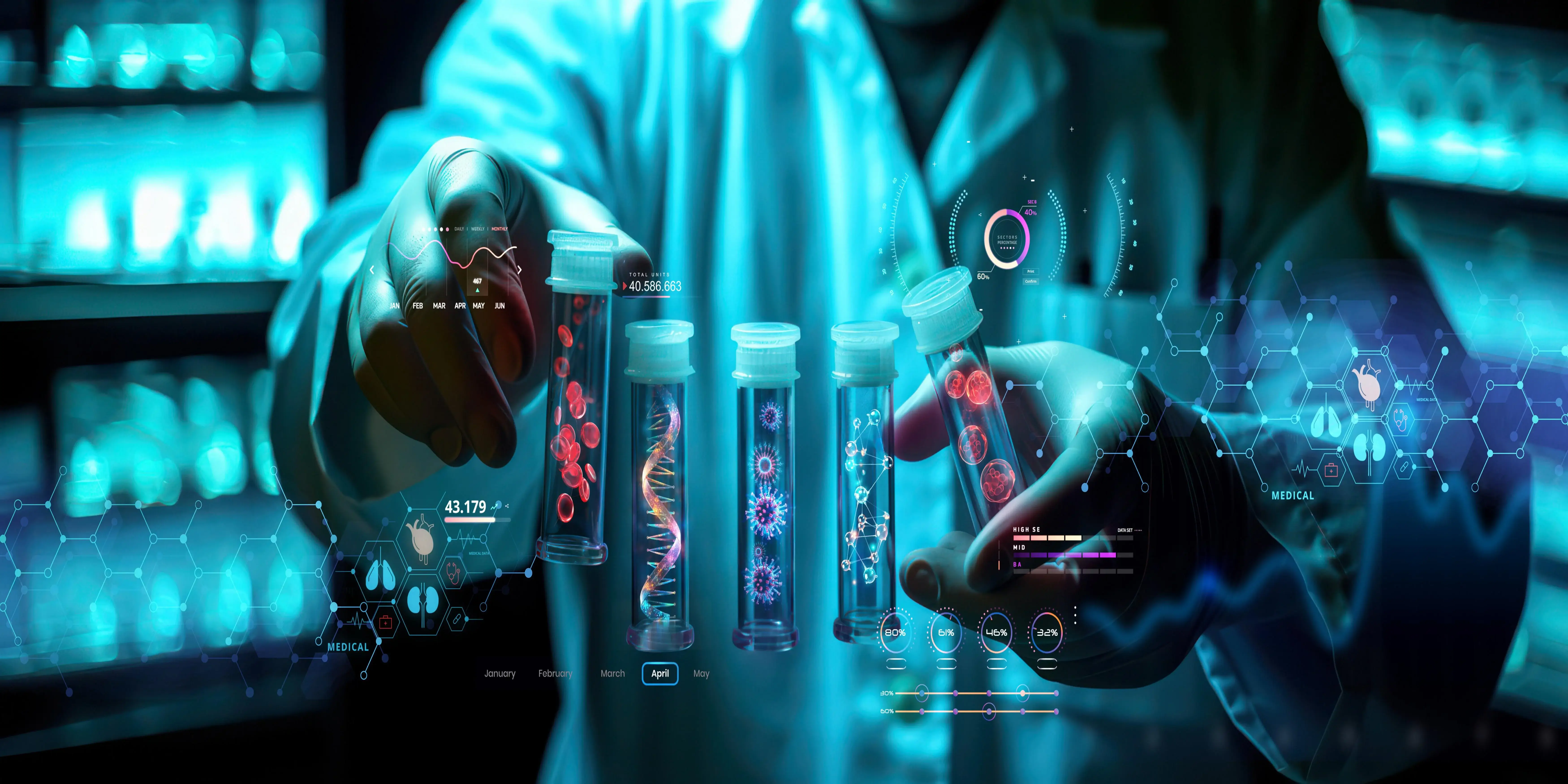Specimen collection is the heart of laboratory research and diagnostic medicine. According to reports, the accuracy of a laboratory test or even its reliability in the first place depends on how samples are collected, handled, and delivered. This article gives an in-depth explanation of the process of collecting laboratory specimens, drawing down methods and best practices to ensure dependable results from quality specimens.
Overview of Blood Specimen Collection
Types of Blood Specimens
Traditionally, two types of human specimens of blood are noted: capillary specimens and venous specimens. The body may be used to obtain a capillary specimen through a fingerstick or heel stick procedure. The venous specimens are obtained from the body by puncturing a vein using a needle or vacuum device.
Importance of A Good Technique
Proper collection of blood ensures that the possibility of complications such as hematoma, infection, or contamination does not arise. Samples collected should be done in a sterile environment on established protocols for processing to ensure accurate results.
General guidelines for the collection
The process of collection of blood samples must at all times be witnessed by the registered nurse to set a common standard. Such qualifications include the proper identification of the client, equipment proper use, and observance of various procedures depending on the nature of the collection of blood samples.
Preparation for Blood Specimen Collection
Patient Identification and Consent
Accurate identification of the patient will prevent errors. Two identifiers should be used to ensure the identification of a patient, name, and birthday. Informed consent should be sought from the patient, explaining the associated risks as well as the purpose of drawing out the blood sample.
Equipment and Supplies
All equipment must be gathered beforehand. Examples include needles, syringes, vacuum tubes, alcohol swabs, gloves, and bandages. All apparatus ensures not to be sanitary and outdated for proper processes to be avoided.
Understanding Test Requirements
Some laboratory tests have specific requirements such as fasting before blood draws or only collection at certain hours. Unless one learns what those requirements are, it will not be known when patient safety and proper findings will be compromised.
Techniques for Blood Specimen Collection
Venipuncture Technique
The most common method of venous blood sampling is by puncture. The steps in the procedure are as follows: locating an appropriate vein usually located in the antecubital fossa, locating an antiseptic agent to clean up the area, and, then pushing a needle for blood collection. Proper technique is essential in order to diminish discomfort and complications.
Capillary Blood Collection
Capillary blood collection is often employed when only a small volume of sample is needed or in neonates. A drop of blood is obtained by pricking the skin with a lancet, which can then be collected either in a capillary tube or absorbed by a test strip. Some samples require specific procedures to maintain their quality.
Collection of Special Samples
Some need specific procedures like blood draws in specific types of tubes or using additives such as anticoagulants to halt the process of coagulation, and knowing this is essential for accurate testing.
Post-Collection Handling and Transport
Labeling and Documentation
Label each specimen right away with all the information to be placed on it. That includes the patient's name, date, time, and type of test ordered. Accurate documentation allows traces and reduces the possible occurrence in the laboratory of an error.
Temperature Control and Storage
Often many specimens of blood need to be transported while being under strict temperature conditions. Some specimens meant for certain tests might require strictly being stored at room temperature while others need refrigeration. To ensure the delivery of the specimens in workable condition, operate according to the laboratory procedures.
Timely Transport to the Laboratory
Blood specimens should be sent to the laboratory in time to ensure appropriate outcomes. Make protocols to reduce waiting times and ensure that samples are taken for analysis immediately to avoid deterioration.
Conclusion
Blood specimen collection is an integral part of good medical diagnosis. The samples are integrity with the correctness of the laboratory results if the established rules and best practices are followed. Healthcare workers may very much enhance quality patient care and diagnostic accuracy through their awareness of the different approaches, keeping correct handling, and putting quality assurance systems in place.



